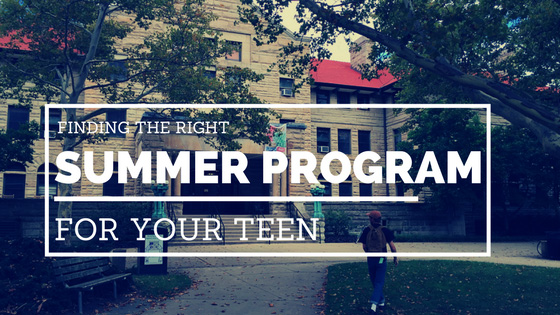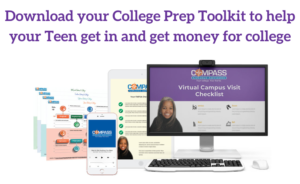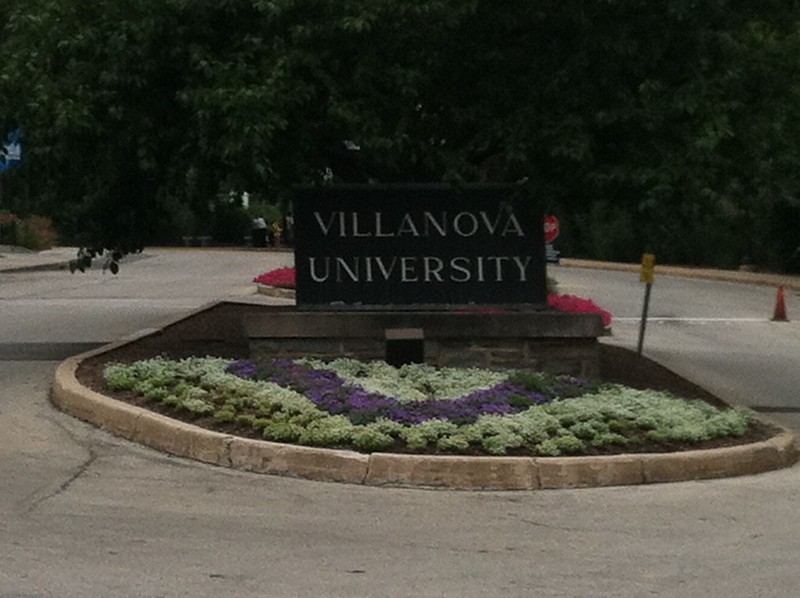The summer is a special time to continue learning and growing and college-bound teens can take advantage of numerous summer programs. The activities resume for college-bound teens who get into their top choice colleges often include meaningful summer experiences.
In addition to internships, creative projects, and reading in the summer, there are a number of summer programs for students whether they are in grade 9, 10 or 11. However, the right summer program can take time to research and apply.
Here are 4 easy steps to get started with finding the right summer program!

1. Set a Goal
A good way to start with thinking about how to find the best summer program for your college bound teen is starting with a goal. Your teen should set 1-2 goals for the summer, as it will help them to be intentional in considering the best use of their talents and time. Examples of summer goals may include:
- Meet new friends from around the world
- Read 5 new books on topics that interest me
- Take a course not offered at school
- Learn more about a career in ___?___
- Get more community service hours
- Experience living away from home (when and where residential programs are available)
- . . . . (you name it)
2. Use this guide for summer program criteria
Each year, I encourage my students to apply to 1-2 summer programs. The past couple years, there have been many great virtual summer programs available. This is the guide that I use to recommend programs that can help teens consider the many options available to them once they have a goal in mind:
- Rising 10th – Explore a new topic
- Rising 11th – Discover more about a field of study or career interest
- Rising 12th – Connect with colleges (perhaps consider a summer campus visit as well, where available)
3. Do a narrow Google search
There is no shortage of things to do and programs to pursue. Searching online for a summer program can feel overwhelming and tedious. I suggest that your teen’s internet search for summer programs is very specific. For example, if your teen is interested in pre-engineering and enjoys math, I would suggest using these terms and clicking the search button
“engineering math summer high school programs”
Within seconds, I got over 19,000 results using these search terms term and even better, at the bottom of the first page there are more related search terms to refine the list.
One thing I will add about the summer after 11th grade is that it is not necessary to attend a summer program at a college of interest. Some summer programs may be held on a college campus but are not affiliated with the university, especially not the admissions offices!
4. Determine if the program is worth applying
If the summer program does not require any documents from the student, then I would caution you against applying. The summer programs that I recommend for my students typically require transcript, teacher recommendations, test scores, and essays. The summer program application is, in effect, a mini-college application, which is good experience for your teen and their recommenders.
What is your teen doing this summer? Which summer programs did you find? Please post in comments below.



















